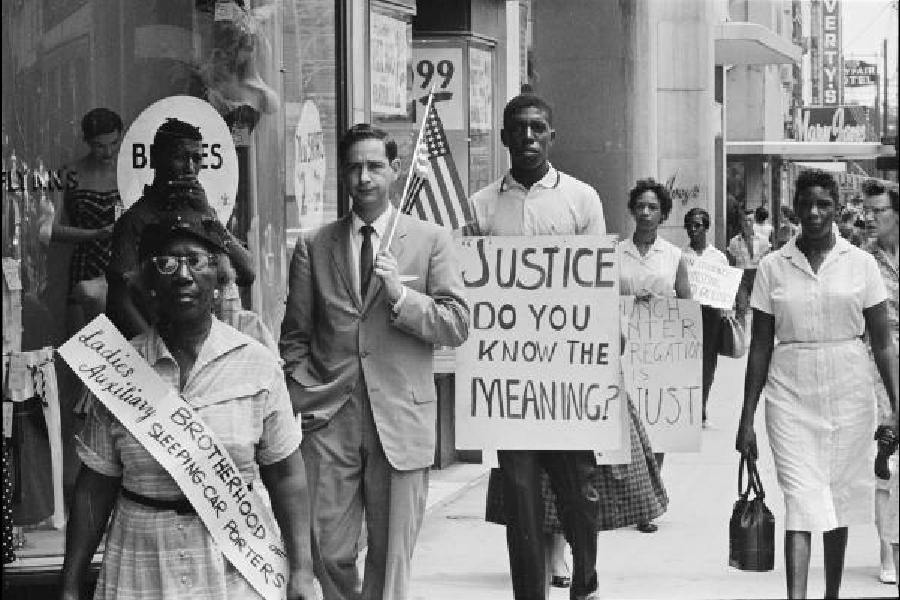Book: Memphis
Author: Tara M. Stringfellow
Published by: John Murray
Price: ₹599
The title and the cover illustration of Memphis leave the reader in no doubt about the fact that race is at the heart of Tara M. Stringfellow’s novel. After all, Memphis, Tennessee, was central to the civil rights movement and it was where Martin Luther King Jr was assassinated, but it is also home to Nathan Bedford Forrest, the first grand wizard of the Ku Klux Klan. Stringfellow uses a personal lens to put this history of Memphis into perspective to show the impact that race and gender had on the black residents of this city.
The story follows the lives of, and is narrated by, three generations of women from one African-American family, the Norths. The family matriarch, Hazel, her daughters, Miriam and August, and her granddaughter, Joan, expose the legacy of racial violence not just within the microcosm of the family or the titular city but also nationally. Stringfellow’s prose seamlessly goes from being poignant during moments of reflection to being sharp and bare while describing instances of systemic violence. Even a reader inured by the horror of George Floyd’s murder by racist policemen can be caught off-guard by some of the passages. Take, for instance, the bit where Hazel, a nurse, tells a 13-year-old Miriam about two sanitation workers who were mangled in a truck compactor. “I saw the bodies,” she says, “[t]hey were all crunched like, like folded-up paper.”
Yet, these trials notwithstanding, the four women are vivacious, formidable, and funny, finding moments of joy amidst their hardships. In her richly impressionistic style, Stringfellow also captures the changes that propel Memphis towards the realisation of King’s ‘dream’. Her dexterity in capturing the setting makes parts of the book almost cinematic.
However, it might be difficult at first to follow the chronology of the chapters and the narrative voice as Stringfellow moves from one woman narrator to another, and back and forth across history. Yet, by breaking linearity, Stringfellow shows that history is rarely ever straightforward. Another hiccup is the narrative voice of Joan: not only does it stick out for being the only first-person narrative voice but also sounds incongruously mature for a 10-year-old.











